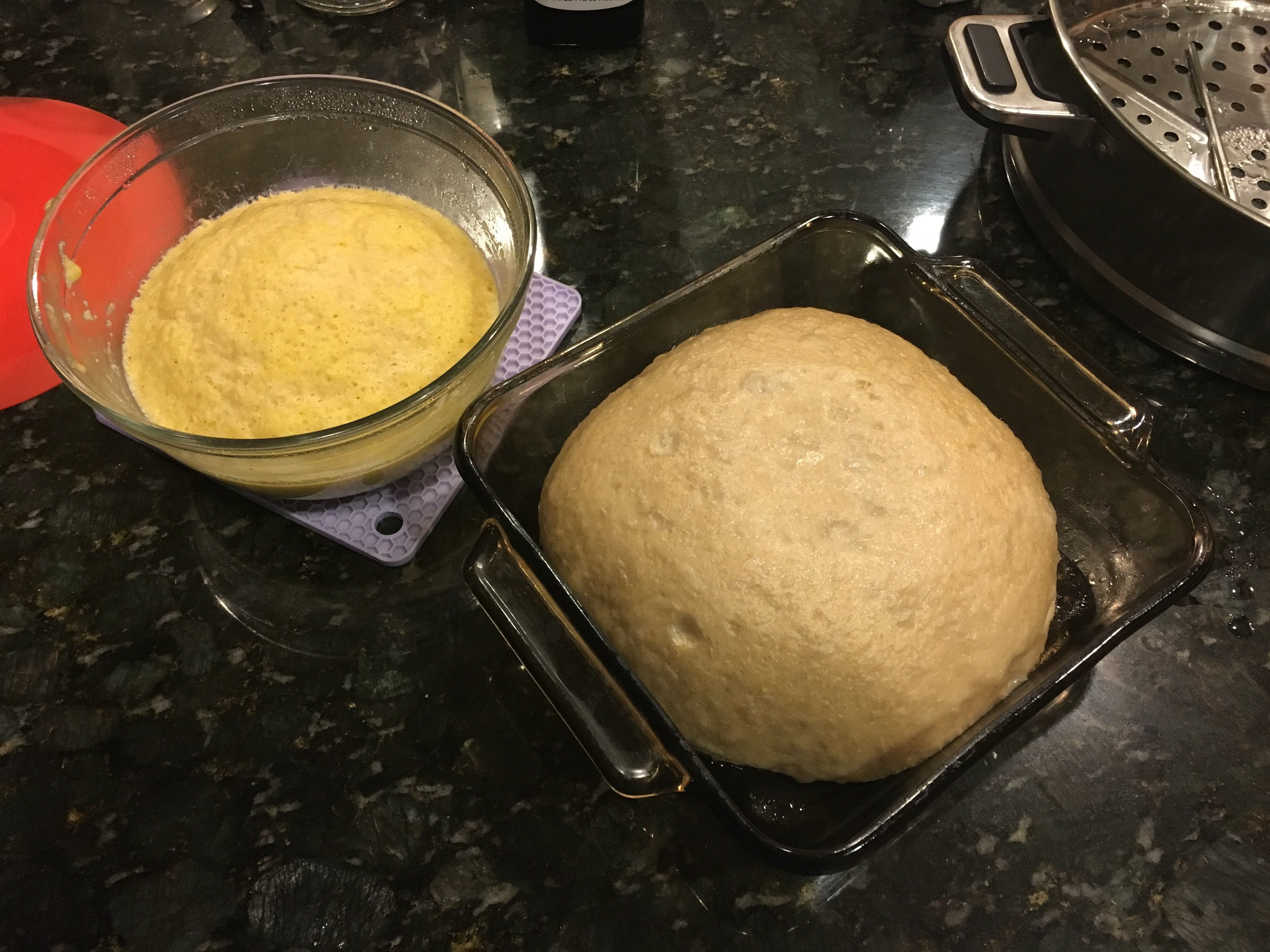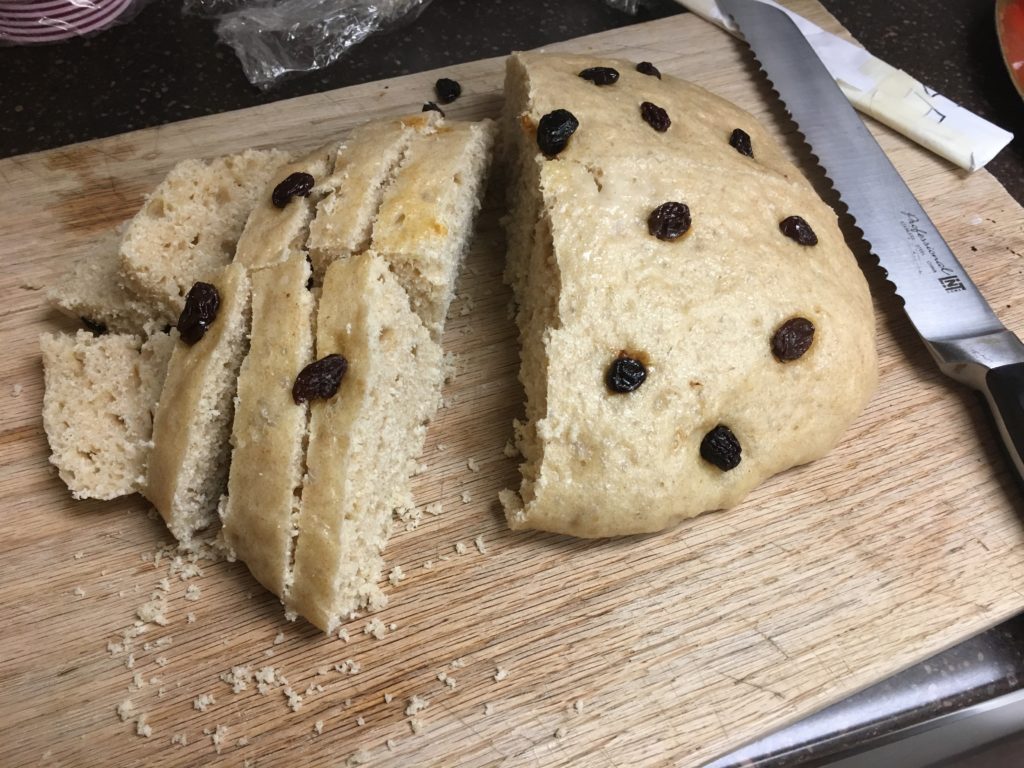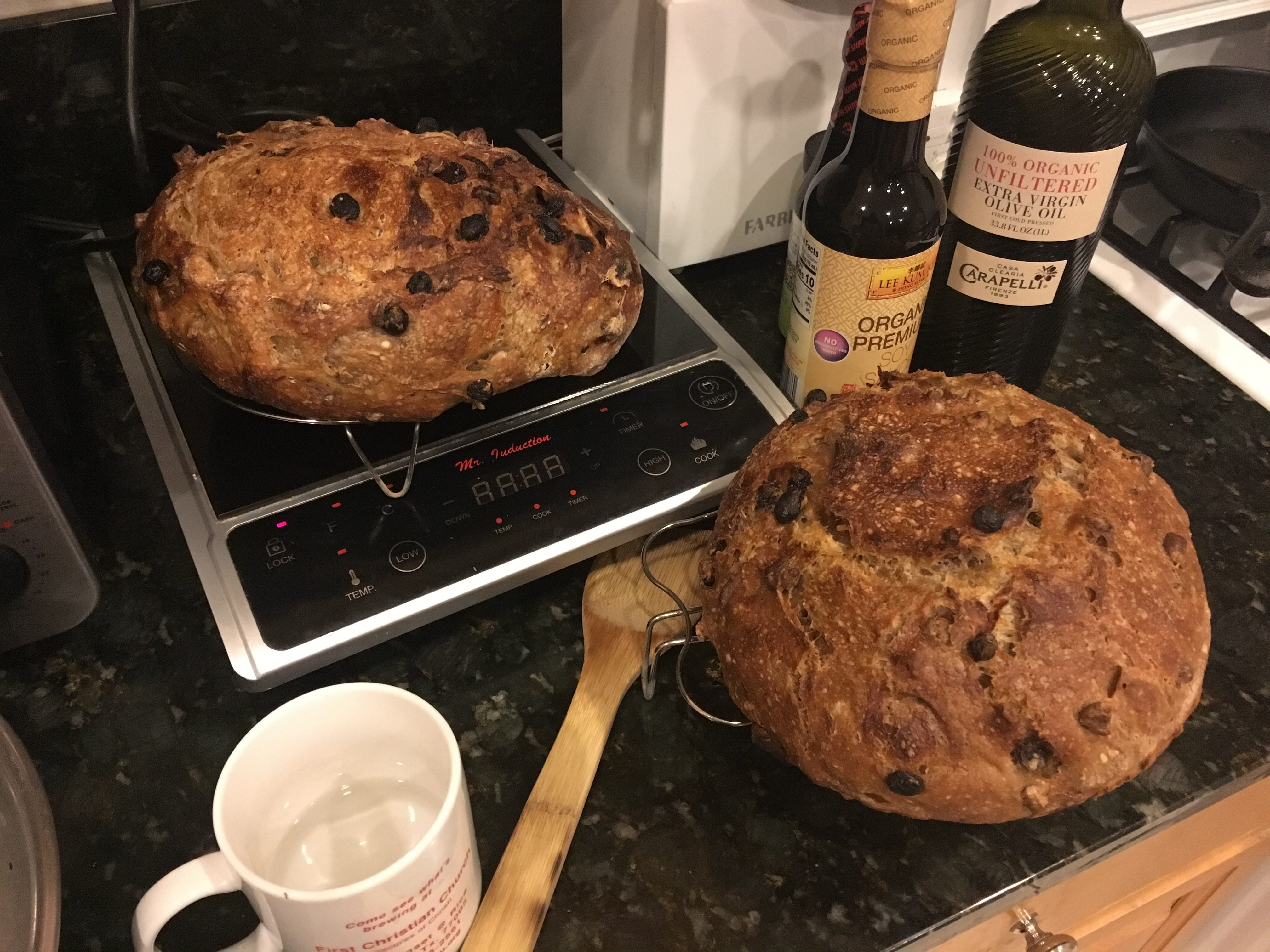After the kids went to sleep, we watched the movie with Tom Hanks and Emma Thompson where Walt Disney cajols the P. L. Travers into selling the rights of Mary Poppins for the big screen.
It’s a nicely done movie, with great A-list actors. But mainly it was nice to watch a movie with weightier themes and a little bit more ambiguity than what one gets with children’s fare as Mrs. Travers wrestles with her difficult childhood.
Then again some children’s movies aren’t as light as they may seem to children. After all, we just watched Mary Poppin a couple weeks ago. Behind all the song and dance numbers, the film’s primary theme is the shortness of time we have with our children. The threat barely veiled in that movie, at least for adults.


